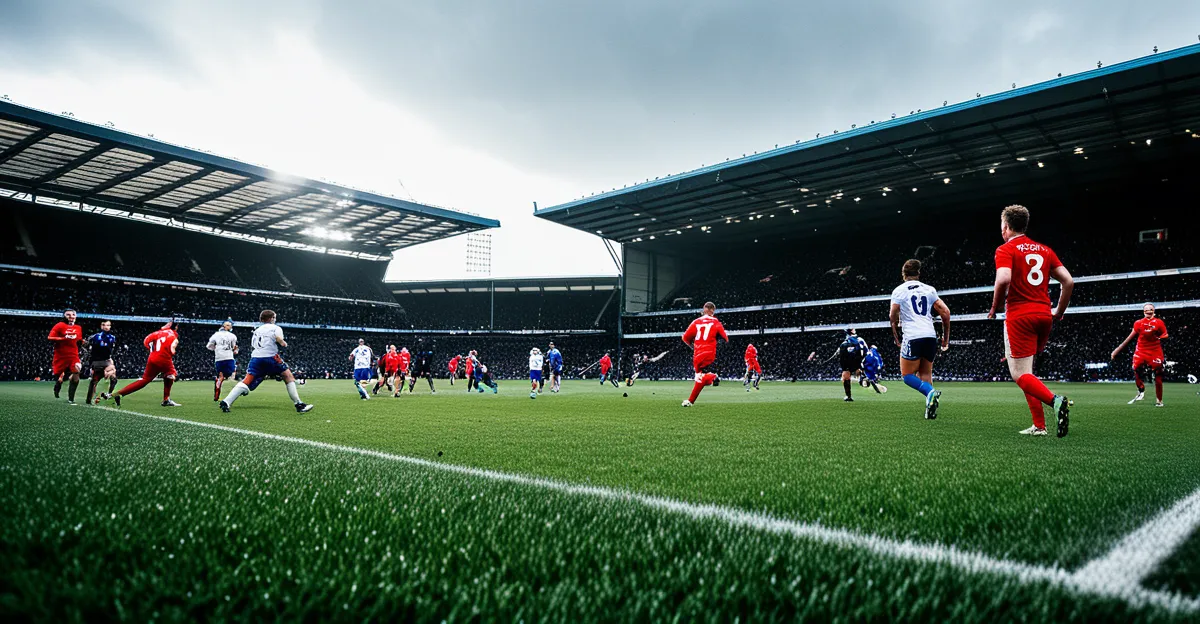Weather as a Decisive Factor in UK Sports
Weather conditions deeply influence various UK sports, shaping gameplay, scheduling, and even outcomes. Rain, wind, cold, and heat stand out as the primary weather types impacting UK sports by altering field conditions and athlete performance.
For example, rain’s effect on football, cricket, and rugby is profound, often softening pitches and creating slippery surfaces. This not only increases injury risk but also slows the game. In cricket, wet wickets can radically change ball behavior, challenging bowlers and batsmen alike. Wind affects sports such as tennis, golf, and rugby by altering ball trajectories, demanding quick adaptation from athletes. Cold weather tests endurance and concentration, while heatwaves can cause fatigue and heat stress, influencing mental sharpness and physical stamina. These conditions have historically shaped match outcomes and forced organizers to adjust schedules or implement safety measures.
Additional reading : How Do UK Sports Organizations Foster Youth Participation?
Understanding how weather conditions consistently affect UK sports highlights the necessity for players and officials to prepare for climatic challenges. This preparation is crucial to maintaining competitive balance and safeguarding athlete well-being under the country’s often unpredictable UK climate.
Rain and Its Impacts on Football, Cricket, and Rugby
Rain and sports often intertwine in the UK, with wet conditions significantly affecting gameplay and outcomes. In football, rain softens pitches, making surfaces slippery and increasing the risk of injuries while slowing ball movement. Matches may face postponements due to waterlogged fields, disrupting schedules and fan plans. Cricket experiences marked changes; rain leads to damp pitches that alter ball behavior, making conditions unpredictable for bowlers and batsmen alike. Matches can be delayed or even abandoned if rain persists, a frequent issue in UK cricket seasons. Rugby is no less affected—muddy, soaked pitches demand physical adjustments from players, who must adapt their running and tackling techniques under slippery conditions.
Also to discover : How Will the Future of UK Sports Impact National Wellbeing?
Historically, rain has decided pivotal match outcomes across these sports. For example, prolonged rain during cricket tests often shifts momentum dramatically. Football clubs have developed tactics such as quicker passing or more aerial plays to cope during rainy matches. Teams and organizers invest in drainage technology and pitch covers to reduce rain-related match postponements. Player gear, like waterproof boots and grips, also reflects adaptations to rain’s persistent challenge.
Understanding the profound effect of rain on football, cricket, and rugby is essential for appreciating UK sports’ resilience and tactical evolutions.








